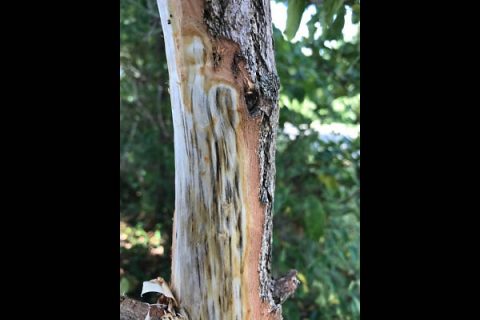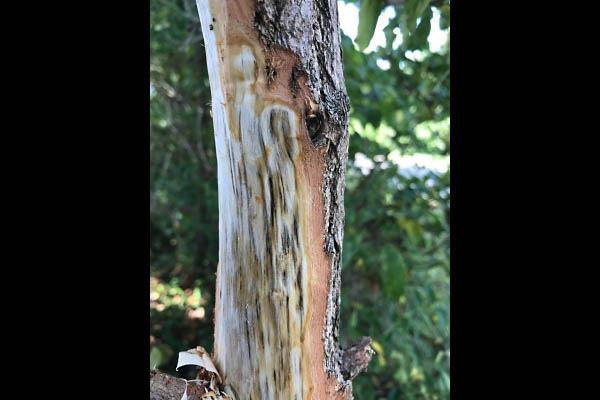 Nashville, TN – The Tennessee Department of Agriculture (TDA) is advising forest landowners to monitor their sassafras trees after detecting new cases of laurel wilt disease in Robertson County and Hamblen County. In the last quarter of 2019, the disease was detected in trees in Montgomery County, Cheatham County, Dickson County and Williamson County.
Nashville, TN – The Tennessee Department of Agriculture (TDA) is advising forest landowners to monitor their sassafras trees after detecting new cases of laurel wilt disease in Robertson County and Hamblen County. In the last quarter of 2019, the disease was detected in trees in Montgomery County, Cheatham County, Dickson County and Williamson County.

“These new detections of this invasive disease show a significant geographic jump across the state,” State Forester David Arnold said.
“This is yet another unfortunate example of an invasive pest impacting our forests. Landowners should take caution to prevent the spread of this disease if detected on their property,” stated Arnold.
Laurel wilt is a fungal disease caused by an invasive pathogen, Raffaelea lauricola, which can affect a range of plants, including sassafras and spicebush in Tennessee. The disease is transmitted by the wood-boring redbay ambrosia beetle and prevents the movement of water within the tree. Choked of water, trees wilt and die within a few weeks or months. Currently, no treatment has been developed that can cure laurel wilt disease or protect trees from infection.
Sassafras is found in all regions of the state. The wood is often used for small woodworking projects, interior finish, cooperage, and fence posts. The tree is the host plant for the spicebush swallowtail butterfly and is ecologically important.
The best way to prevent the spread of laurel wilt is to avoid movement of firewood or other untreated timber. Laurel wilt is most likely in Tennessee due to human movement of contaminated wood. For more information on sourcing disease-free, treated firewood, visit www.firewoodscout.org/s/TN/.
If infected, trees should be cut down and chipped to prevent further spread. Chips from the infected tree should be destroyed by burning on site or covered with a tarp to prevent spread of the beetles. Stumps should be ground down to the soil level and no debris of the tree should be transported from the site.
Tennesseans are urged to monitor their sassafras trees for browning of leaves, leaf loss, and staining in the inner bark. If you suspect your trees might have laurel wilt disease, contact Forest Health Program Specialist Sam Gildiner at 615.837.5439 or sam.gildiner@tn.gov. TDA Division of Forestry staff will assist in identifying the disease and recommending management actions, if appropriate.
The TDA Division of Forestry works to minimize health threats to Tennessee’s forest resources, including mismanagement, insects, and disease. To learn more about how Tennessee manages forest health, visit http://protecttnforests.org/.



